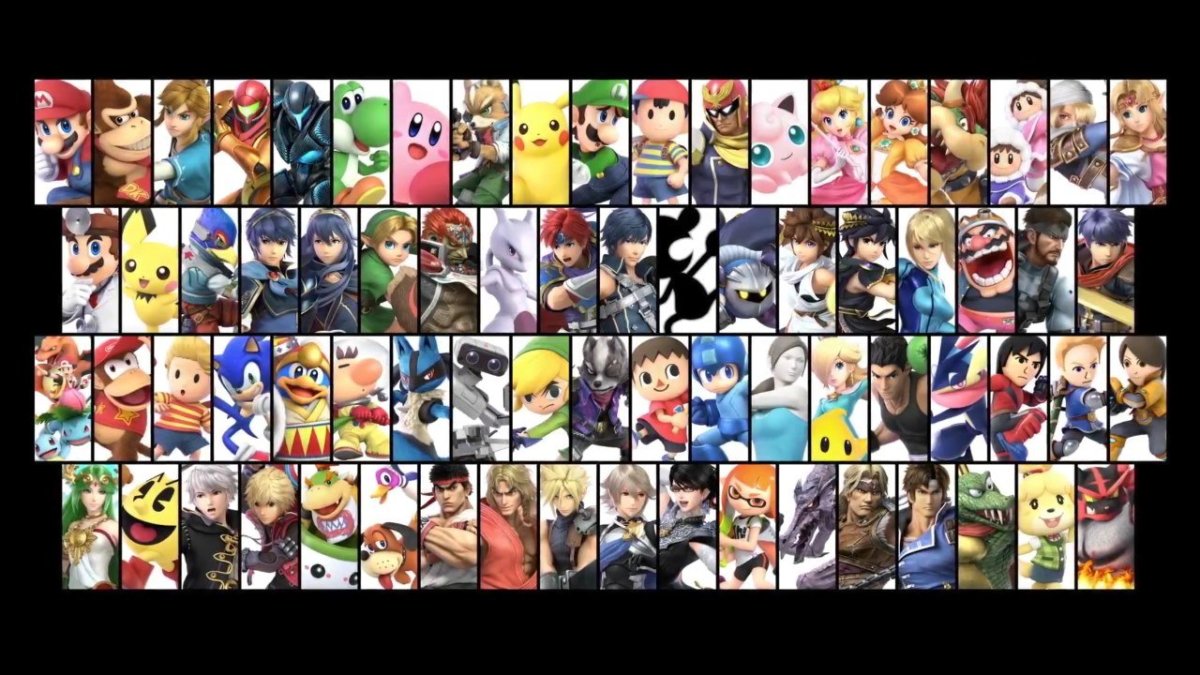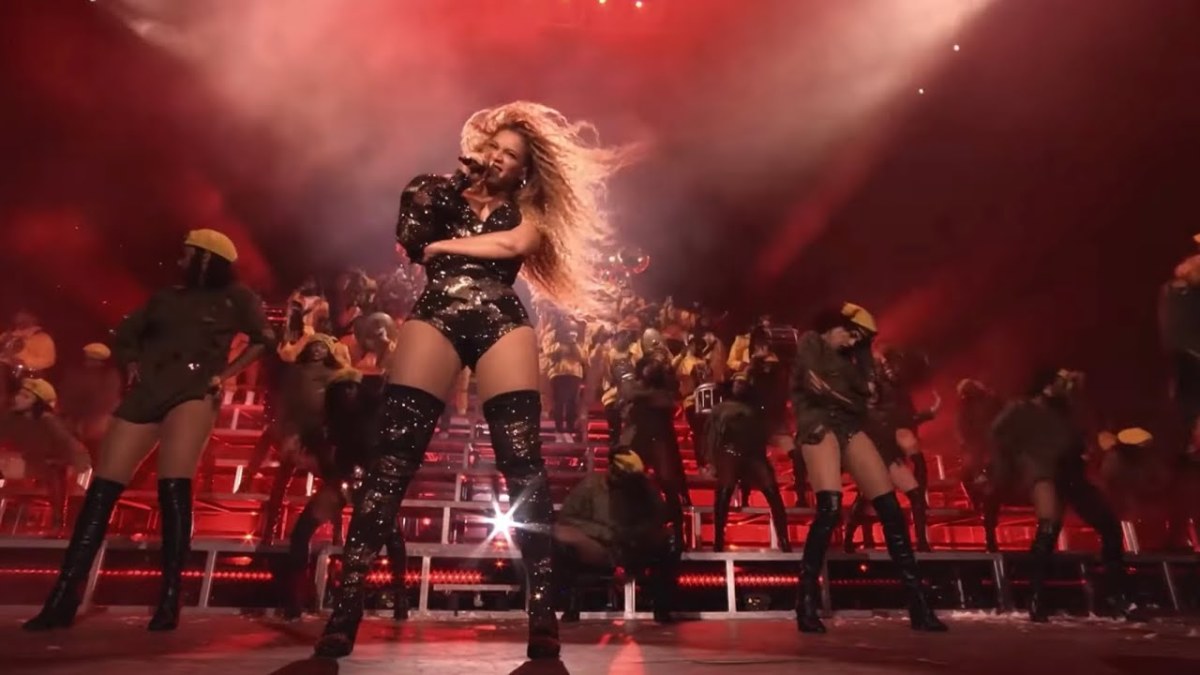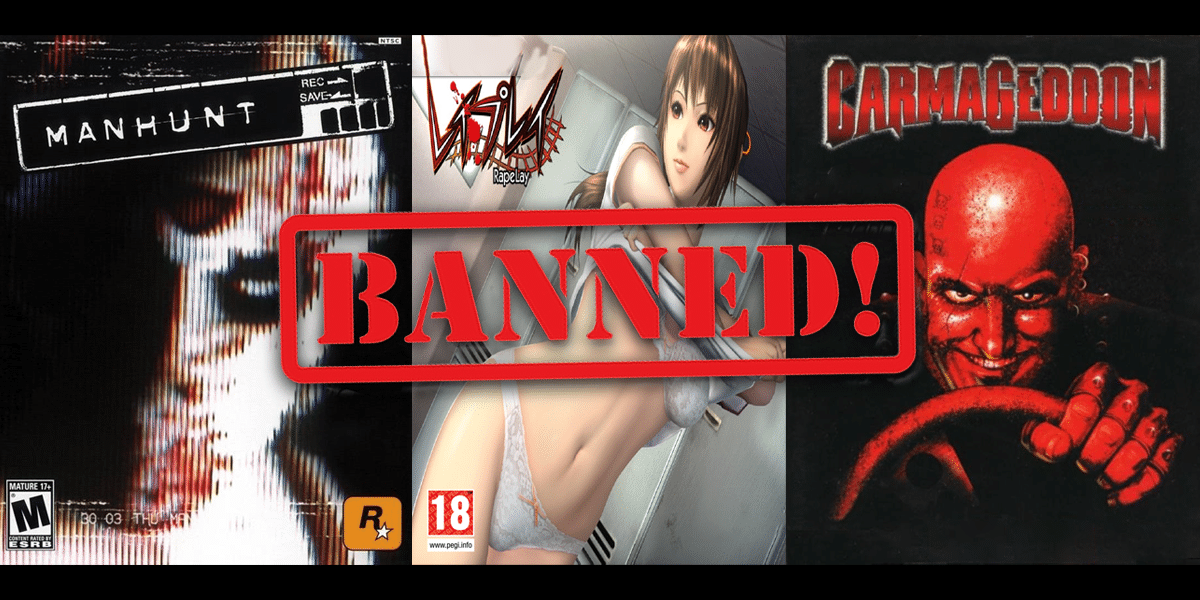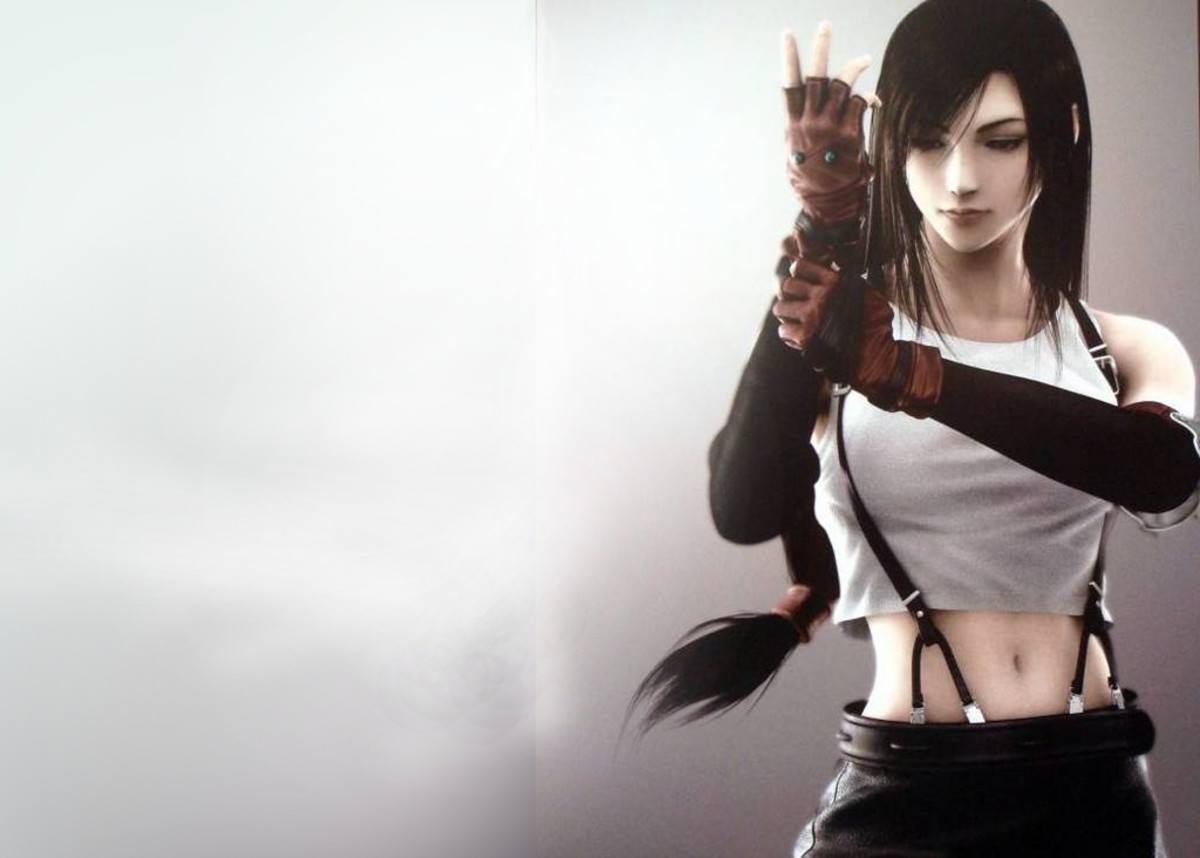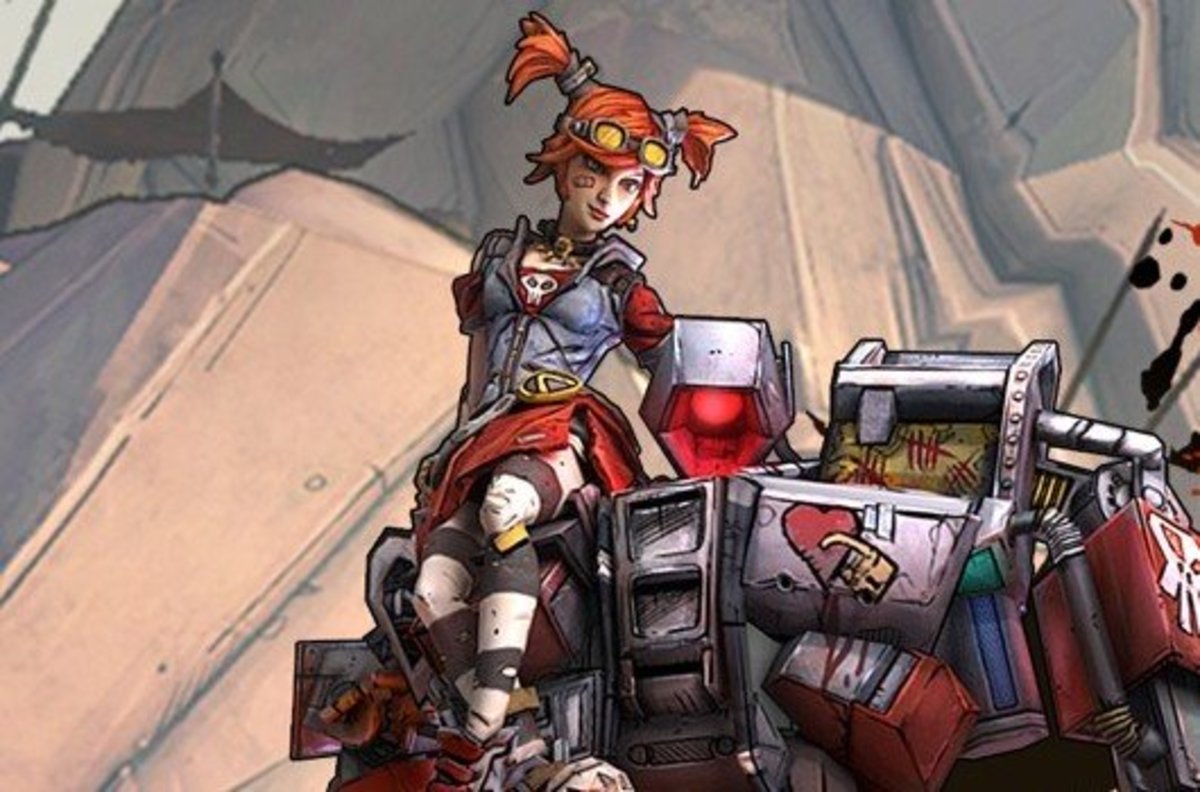Video Games: Equality for All
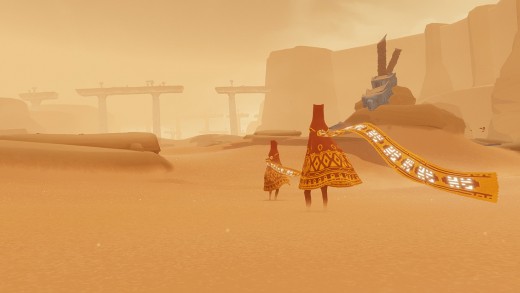
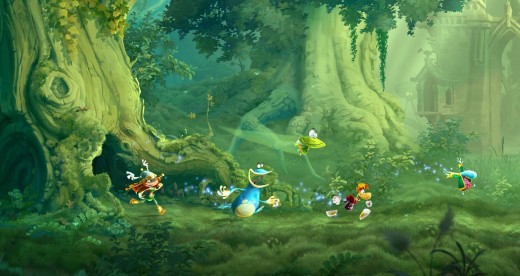
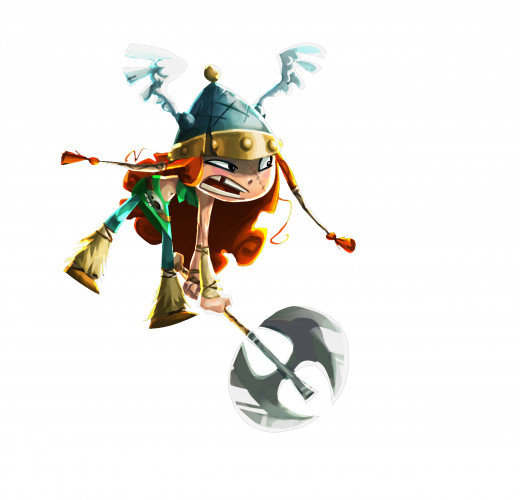
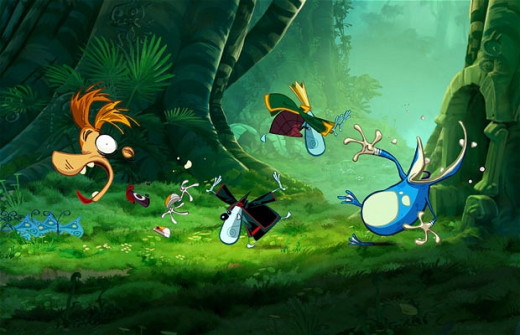
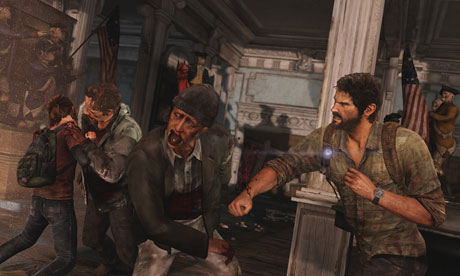
So as some people have noticed, the video game industry has been undergoing fire for misogynistic implications. By "implications" I of course mean threatening female commentators, voicing protests against criticisms about sexual portrayals, and poorly written gender roles. Change is a constant that is unavoidable and what people against increased equality in video games fail to see is that things are going to change, perceptions are going to change, and how people treat subject matter will change. Fortunately, some games are good examples of gender equality.
One thing about gender equality is that the idea that "quality has to be sacrificed for a fun time" is false. One game that comes to mind is Journey, a game from Thatgamecompany. In Journey the game takes a minimalistic approach to entertainment. As a mysterious robed entity players traverse a vast desert to reach a vague area on top of a mountain. While the objective is simple, reaching said objective can be lonesome. However, the main gimmick about Journey is that multiplayer is enabled via online connection. What this means in a gaming standpoint is that gender is a minimal aspect of the game and the issue of equality is rendered moot because the characters are completely ambiguous sexes.The main point was that Journey is an amazing game not because of who the character is or what it wants, but because the game presents an epic landscape that makes players want to enjoy company, no matter what the gender.
As a fellow gamer I am familiar with Ubisoft and its various franchises. One franchise that is quite fascinating is its rebbot of Rayman. In Rayman: Origins and Rayman: Legends you play as the character Ryman, or his buddies. What makes both games equal in gender is that some characters can either be both boys and girls or is specifically a girl. This girl, Barbara, from Rayman: Legends, is characterized as a female viking who carries an axe and uses the axe to cut her enemies into bubbly masses. What makes Barbara a good example for gender equality in gaming is that she still has her own agency and independence throughout the game and players are given the opportunity to play as her and only her throughout the entire game. Rayman: Origins had a similar idea with the Teensies. These tiny, long-nosed entities give the player the ability to change their gender between both boy and girl whenever certain requirements are met. Like Barbara, this alters nothing with the gameplay. So while both games feature a damsel-in-distress, it not only includes female rescuers, but male damsels.
While gender equality can be presented in whimsical, fanciful settings, this concept can be used in grim and gritty settings as well. The Last of Us is a game from Naughty Dog and Sony Computer Entertainment where an outbreak of cordyceps causes the zombie apocalypse. While this is an unrealistic event, the game presents the possibility as bleak and gloomy. In this game you play as either Joel, an elderly man who places survival as his primary goal, and Ellie, a teenager Joel is forced to look after for vague reasons. Later on in the game however, Ellie is forced to look after an injured Joel for awhile. What's interesting here is that Ellie's role as protector did not come instantly, but gradually. During gameplay viewers are able to see Ellie's growth as a survivor when she is forced to confront infected humans, giant mushroom zombies, and non-infected cannibals. Yeah, this game is not whimsical.
During the recent animated Batman cartoon Batman: the Brave and the Bold Batman proclaims, "The hammers of justice are unisex"! While corny and silly, this phrase best describes video games with equal gender equality. Girls can hit. Girls can take a punch. Girls can fight. And there is nothing wrong with letting them save people as well as letting them be saved.

